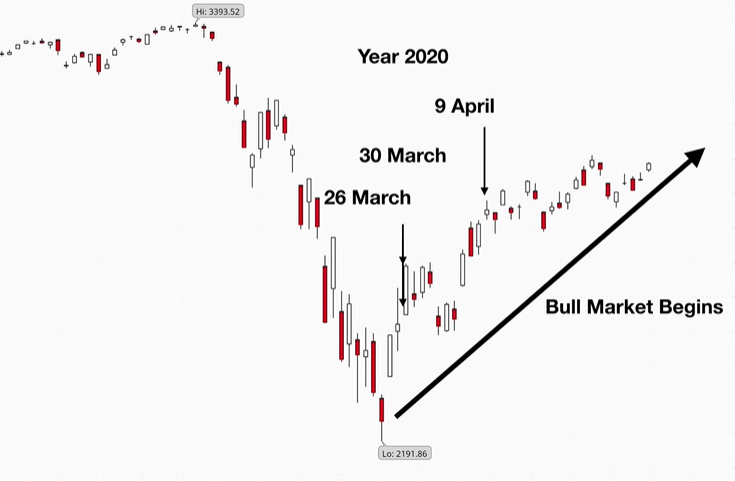The China Market Hurdles For BMW, Porsche, And Other Automakers

Table of Contents
Regulatory Hurdles and Navigating Complex Bureaucracy
China's automotive market is characterized by a stringent and complex regulatory environment. Foreign automakers face significant hurdles related to import tariffs, emission standards, and safety regulations, all of which impact profitability and market entry. Import tariffs alone significantly increase the cost of imported vehicles, making them less competitive compared to domestically produced cars. Furthermore, meeting China's increasingly stringent emission standards, currently China 6b, necessitates substantial investment in research and development (R&D) for engine technology and electric vehicle (EV) development.
The process of obtaining the necessary licenses and permits to operate in China is notoriously lengthy and complex. Navigating this bureaucratic maze requires significant time, resources, and expertise, often delaying market entry and impacting overall efficiency. The regulatory landscape is also constantly evolving, demanding continuous adaptation and compliance efforts from foreign automakers.
- High import tariffs: These increase the cost of imported vehicles, reducing price competitiveness.
- Strict emission standards (China 6b): Meeting these standards requires significant R&D investment.
- Lengthy and complex approval processes: Obtaining necessary licenses and permits is time-consuming and resource-intensive.
- Bureaucratic hurdles: These impact market entry speed and overall operational efficiency.
Intense Competition from Domestic Automakers
The Chinese automotive market isn't just heavily regulated; it's also fiercely competitive. The rise of strong domestic brands like BYD, NIO, and Xpeng is reshaping the landscape, challenging established luxury players like BMW and Porsche. These domestic brands possess several key advantages: lower manufacturing costs, a deep understanding of local consumer preferences, and significant government support. Their aggressive pricing strategies, coupled with rapid innovation in areas like electric vehicles and autonomous driving, put immense pressure on foreign competitors.
- Aggressive pricing strategies: Domestic brands undercut foreign competitors on price.
- Rapid innovation and technological advancements: Chinese EV manufacturers are at the forefront of technological advancements.
- Strong government support: The Chinese government actively supports the growth of its domestic auto industry.
- Targeted marketing: Domestic brands effectively target specific consumer segments with tailored offerings.
Understanding and Catering to Unique Chinese Consumer Preferences
Success in the Chinese market hinges on understanding the unique preferences and expectations of Chinese consumers. This goes beyond simply offering high-quality products; it requires a deep understanding of cultural nuances and buying behaviors. Social media plays a crucial role in shaping brand perception and purchasing decisions, with online reviews and word-of-mouth carrying significant weight. Therefore, a strong online presence and effective digital marketing strategies are essential. Furthermore, localized customer service tailored to Chinese consumer expectations is paramount. Finally, Chinese consumers place a high value on advanced technology features, connectivity, and brand prestige.
- Importance of strong online presence and digital marketing: Leveraging social media and online platforms is crucial.
- Preference for advanced technology features and connectivity: Consumers demand cutting-edge technology and seamless connectivity.
- Emphasis on brand image and prestige: Brand reputation and perception significantly influence purchasing decisions.
- Need for personalized and localized customer service: Tailored customer service experiences are vital for building customer loyalty.
Supply Chain Challenges and Economic Volatility
The Chinese automotive market is also subject to global supply chain disruptions and economic volatility. Maintaining a stable and efficient supply chain in such a dynamic environment presents significant challenges. Fluctuating currency exchange rates and raw material prices, compounded by global events like the semiconductor chip shortage, impact production costs and profitability. Geopolitical risks also pose a threat to the stability of the supply chain. Effectively managing these risks requires agility, diversification, and a robust risk management strategy.
- Global chip shortages: Disruptions to the semiconductor supply chain impact production capacity.
- Fluctuating raw material prices: Changes in raw material costs affect manufacturing costs and profitability.
- Geopolitical risks: Political instability and trade tensions can disrupt the supply chain.
- Economic volatility: Economic downturns can significantly impact consumer spending and demand.
Conclusion: Overcoming the China Market Hurdles for Future Success
The Chinese automotive market presents both immense opportunities and significant challenges. Successfully navigating this dynamic environment requires a multifaceted approach that addresses regulatory hurdles, intense domestic competition, unique consumer preferences, and the complexities of the global supply chain. Foreign automakers must prioritize strategic partnerships with local players, invest heavily in localization efforts, and demonstrate a strong commitment to innovation and customer understanding. By mastering the China market hurdles, automakers can unlock the potential of this crucial market and achieve long-term success. Further research into specific strategies for entering and succeeding in the competitive Chinese automotive market is crucial for any automaker aiming to thrive in this dynamic landscape. Start navigating the challenges of the Chinese automotive market today and unlock the potential of the China market.

Featured Posts
-
 O Relacionamento Secreto De Mindy Kaling Com Ex Colega De The Office A Verdade Revelada
May 06, 2025
O Relacionamento Secreto De Mindy Kaling Com Ex Colega De The Office A Verdade Revelada
May 06, 2025 -
 Watch Celtics Vs Suns Live April 4th Game Time Tv And Streaming Options
May 06, 2025
Watch Celtics Vs Suns Live April 4th Game Time Tv And Streaming Options
May 06, 2025 -
 Romania Presidential Runoff What To Expect
May 06, 2025
Romania Presidential Runoff What To Expect
May 06, 2025 -
 What Recession Stock Investors Remain Bullish
May 06, 2025
What Recession Stock Investors Remain Bullish
May 06, 2025 -
 Chris Pratt Responds To Brother In Laws White Lotus Nudity
May 06, 2025
Chris Pratt Responds To Brother In Laws White Lotus Nudity
May 06, 2025
Latest Posts
-
 Sukces Nitro Chem Dostawa Trotylu Do Wojska Amerykanskiego
May 06, 2025
Sukces Nitro Chem Dostawa Trotylu Do Wojska Amerykanskiego
May 06, 2025 -
 Max Saya At 25 Reflecting On Tnts Journey In The Philippines
May 06, 2025
Max Saya At 25 Reflecting On Tnts Journey In The Philippines
May 06, 2025 -
 Nitro Chem I Us Army Ogromne Zamowienie Na Polski Trotyl
May 06, 2025
Nitro Chem I Us Army Ogromne Zamowienie Na Polski Trotyl
May 06, 2025 -
 Polski Trotyl Dla Us Army Kontrakt Nitro Chem Szczegoly Umowy
May 06, 2025
Polski Trotyl Dla Us Army Kontrakt Nitro Chem Szczegoly Umowy
May 06, 2025 -
 Complete 2025 Nba Conference Semifinals Playoff Schedule
May 06, 2025
Complete 2025 Nba Conference Semifinals Playoff Schedule
May 06, 2025
